In some industries, Design for Cleanability is just a must (food, medical), in all others, you may just want your product to be and maintain clean during its usage. This article reviews traditional and innovative نصائح التصميم and recommendations.
To start with a famous joke: “only dirty people need a shower” … while everybody would find it ridiculous on humans, it should be the same on products.
Do not expect your products to be maintained clean because you produced them clean and you ask to take care in the Instruction For Use. Actively design for cleanability and provide the means for it!
Not only in the food and medical industries,
design for cleanability is an expected & due specification
which is part of the product quality perception and usability: your product will not be the hero because they are clean, but if not, will have an immediate negative impact on your market.
Foreword: cleanness versus disinfection
Cleanness has to be distinguished from disinfection:
- Cleanness: absence of deposits of any size (usually visible ones, but grease films or small dust can be invisible)
- Disinfection: absence of livings germs of any king (usually invisible ones, although fungus or similar may be visible)
يقال عادةً أن
disinfection can NOT be obtained on a non previously cleaned object
Good to know: the industrial cleaning industry refers to the “clean triangle” –> the combined action of the 3 factors: temperature + chemicals + movement –> you can decrease somehow one of the parameters by increasing one or two others. Example: adding movement, jets, or bubbling in a product cleaning bath while decreasing chemical concentration.
Good to know: while most of the dirt gets softer or even more liquid when the temperature rises, starch is one of the rare exceptions which gets harder. So mind your cleaning or disinfection method in this case.
Clean by Design
Do design for cleanability in the first place, instead of cleaning by user effort, by owner effort, or no cleaning at all!
A small, not good, example as a start: a plane ventilation system interface in the passenger area. Although the planar surfaces were cleaned by the company, obviously the recesses areas are … well … we let you judge:
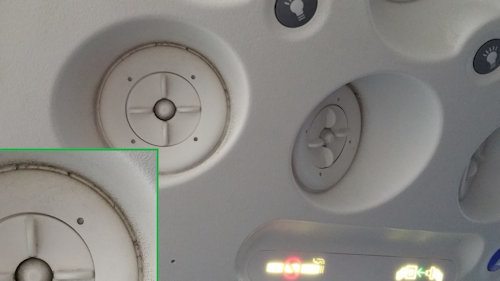
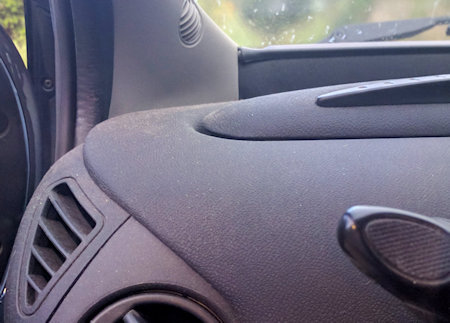
No design for cleanability was obviously taken into account when designing this small radius or plastic surface texture.
Surface Roughness
Whether it is mandatory for the production process or an end-user feature, clearly here some compromises have to be made, as some roughness may be required for the product to look & age well.
Minimal inner radius
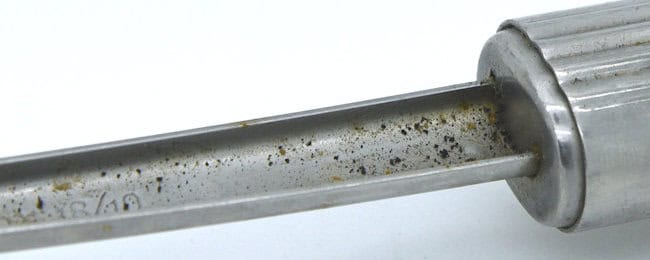

See the example on this metal forming or the plastic molded plane cockpit above of what to avoid.
Even in public restaurants like this silver twisted spoon on the right. The design to cleanness was likely not in the specifications.
The objective is to be accessible to the intended cleaning method. The bigger the better, but as a rule of thumb, the minimum inner radius should conform to:
- ≥ 2 mm if cleaned by automatic CIP (Cleaning in Place) with some jets
- ≥ 3-4 mm if cleaned with some brushes
- ≥ 8 mm if hand cleaned
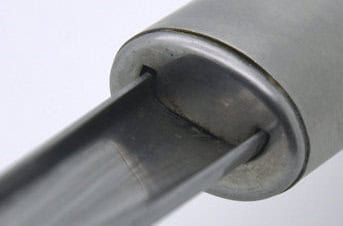
Well-adjusted parts (you think)
Less is More is fully applicable here. Do limit the number of different parts as much as possible; refer to all articles on تحليل القيمة for that.
Every gap or interstice between parts will be subject to cleanness problems. In most cases, do not rely on the quality of the assembly, as even a good produced part will have some interstice in the assembly, trapping liquids, debris, or dust.
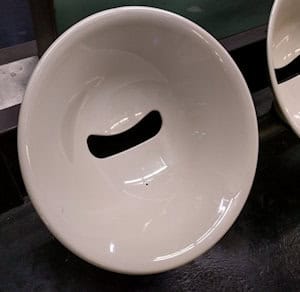
Self-draining design
Seems basic, but one of the most forgotten aspects. It is so easy to involuntarily design a “rain collector”! Dust, dirt & potentially corrosion will just follow.
Particularly for
- medical
- food
- public equipment
- but also individual kitchen or toilet equipment
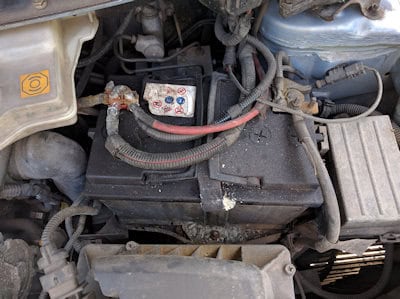
Accessible or Interchangeable parts
Parts or components but be accessible
In order to maintain them clean easily. This is obtained by either:
- good access: both openings and space between the sub-assemblies if cleaning is required
- single-use components: typically a patient medical probe. The ability to clean is then just avoided. From a manufacturer and designer point of view: it usually requires much more investment and volumes but then generates after-sells
- removable parts to ease its cleaning: -the best practice- Used usually mainly on good home appliances, this can be applied to almost all other industries when some area can not be cleaned or when the total product is either too big or fragile.
Opinion: we believe that although markets have moved over the last decade to more single-use components due to the ease of use and lower initial investment, both ecological aspects so as total ownership cost and feeling of waste will invert this tendency
- more long-lasting glass instead of البلاستيك
- more usage of refill jars, box & containers (end-user food industry)
- back to some metal parts, better integrated with plastic
Design for Cleanability examples (or not)
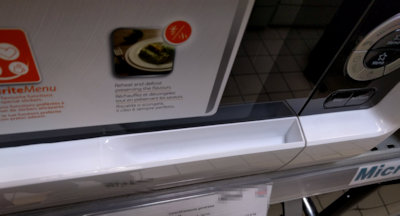
Microwave door handle
A quality microwave with one small Design for Cleanability exception
The handle opening is lean and included/recessed in the door frame. Looks nice and would have a good value analysis.
Also, ergonomics is great (hand width and thickness + function location is visible enough)
… but to notice is dust or liquid collector. A large bottom opening would have likely added some mold complexity and cost but would have permitted to limit the wash, and when done wash easier
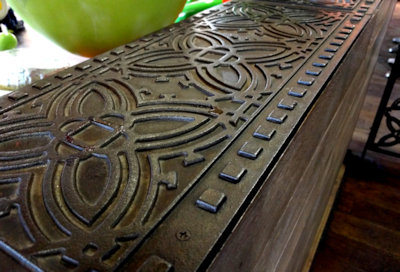
Cast-iron tile
Looks great, thick, heavy, and of high quality … if these 5mm recesses were facing upwards and placed everywhere in that public restaurant. “Designed by recesses” one could say.
A good example where a choice has to be made, in this example visual against the ability to clean and maintain clean (More than 20 meters long of such tiles in that restaurant)
Solutions here: cast some transparent resin in the gaps to have a flat surface? or cover it with glass and seal it on the side? or not seal but remove it from time to time to clean?
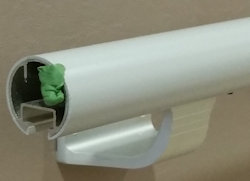
The hospital handrail
A typical example where cleanness is(should?) the 2nd Function, just after “strength to support the patient”.
Have a look at all the detailed pictures in the gallery. Can be challenged:
- the support fixtures to the wall: screw holes, screw...
You have read 68% of the article. The rest is for our community. Already a member? تسجيل الدخول
(وأيضًا لحماية المحتوى الأصلي لدينا من روبوتات الكشط)
مجتمع الابتكار العالمي
تسجيل الدخول أو التسجيل (100% مجاناً)
اطلع على بقية هذه المقالة وجميع المحتويات والأدوات الخاصة بالأعضاء فقط.
فقط المهندسون والمصنعون والمصممون والمسوقون الحقيقيون المحترفون.
لا روبوت، ولا كاره، ولا مرسل رسائل غير مرغوب فيها.

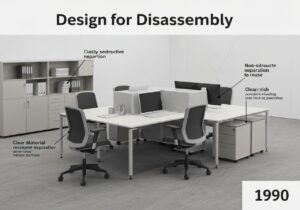
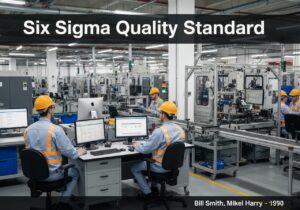
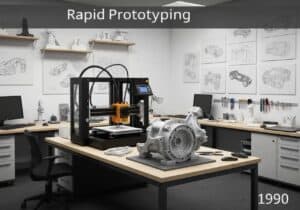


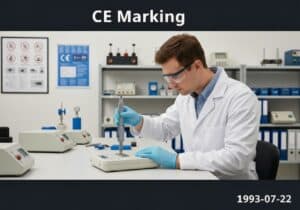




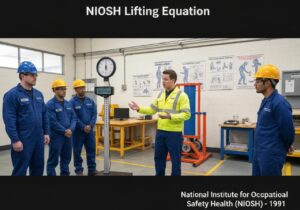

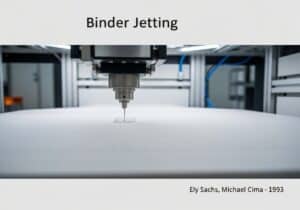



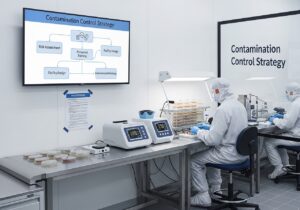








Interesting read! But shouldnt we prioritize disinfection over mere cleanness in these pandemic times? Thoughts?
it seems to overlook the potential of smart technology in enhancing these designs
While using mid-dark colors to make dirt less visible can be a useful trick
I am missing here the bonus of more sustainable solutions
Interesting read! But does a rough surface really make cleaning harder, or does it just require different techniques?
Definitely makes it harder! Rough surfaces trap dirt, making cleaning more difficult, not different.
Interesting article! But doesnt cleanability also depend on the material used, not just the design and surface roughness?
Absolutely, material is paramount! Cleanability isnt just a design or surface game.